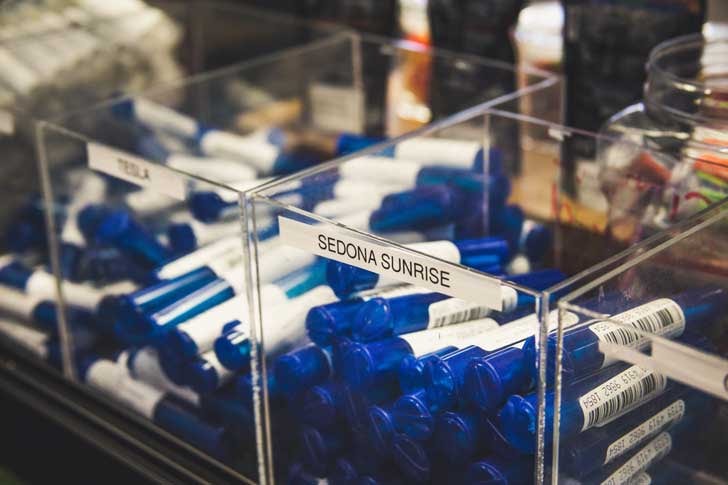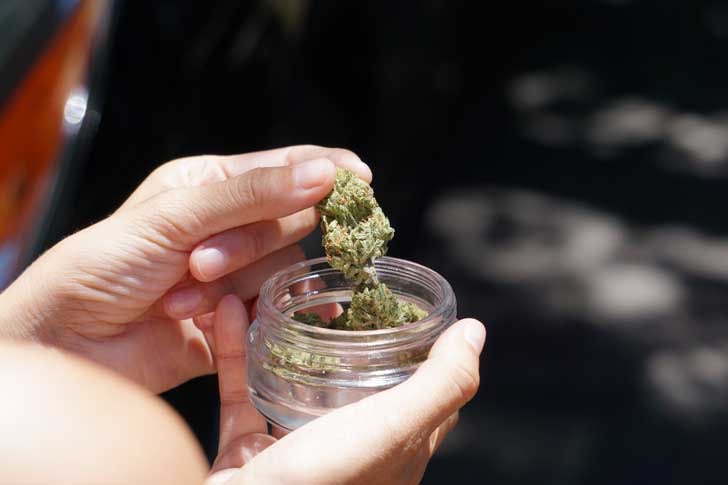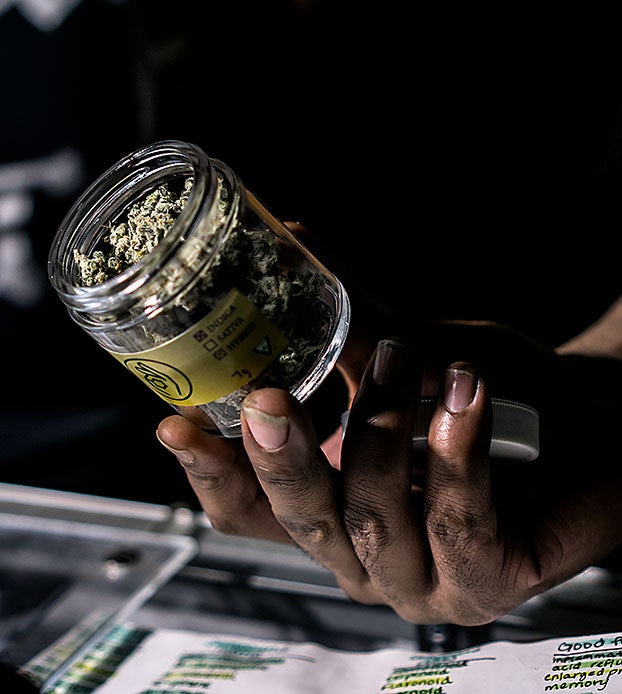With a customer base that grows with each passing day, the cannabis industry is in a constant, breakneck state of rapid growth and innovation. But while cannabis is one of the more dynamic industries in the world today, there is a great deal of sameness and repetition facing customers on the dispensary shelf.
This week, CannBe hosted “Innovation in the Cannabis Space: CBD, CPG, and Everything In Between,” to tackle how brands can stick out from the crowd and make a name for themselves. The webinar also focused on the challenges facing consumers as they navigate this crowded marketplace.
Hosted by CannBe CEO Elana Goldberg, the panel featured Tamar Maritz, VP of Business Development at cannabis analytics firm BDS-Analytics, Dr. Jeremy Riggle, chief scientist at the cannabis company Mary’s Medicinals, Julie Suntrup, chief growth officer of Day Three Labs, and Daniel Abrahami, CEO and co-founder of HQ, an accelerator for cannabis brands looking to enter the marketplace in California.
“The challenge for the consumer is that if you go to this dispensary or order from this delivery service, you need to be able to consistently receive the same product time after time. And that product must deliver a consistent and reliable experience each time. There’s a lot of needs that need to be met in order to really nail the brand experience right now in the industry,” Tamar Maritz said.
As Maritz sees it, in the cannabis world there is no shortage of great products and innovative ideas — but far less brand awareness or brand loyalty. People walk into the dispensary or they order online and they know what type of product they want, which cannabis strain or THC level to look for, but typically they aren’t thinking of a specific brand that they love and go to time and time again.

“I think that one of the biggest challenges the industry faces right now is around communicating to the end consumer that they have a product that can help the consumer.”
According to Jeremy Riggle, part of the problem is the sheer glut of companies and products, which can overwhelm consumers and make it harder for brands to make a name for themselves.
“One of our challenges is fighting the noise, there’s so many new products on the shelf all the time with new stories, new packaging, new brands, and it’s a constant battle to get the ear of the consumer,” Riggle said, adding “there’s just so much noise in the cannabis space the consumer really doesn’t know who to believe.”
In addition, Riggle said companies face the challenge of finding ways to use data to validate the efficacy of their cannabis products — by no means an easy task.

“It’s just a battle out there right now in terms of what kind of information is available, what kind of information is factual and based on science.”
Riggle said the product development is way ahead of the science at the moment, and that companies often have a hard time seeing a return on investment from clinical trials. After all, as Riggle explained it, not every company is going to want to spend hundreds of thousands of dollars on clinical trials if they aren’t sure they’re going to get data they can use, or that they’d even want.
According to Daniel Abrahami, consumers are already bombarded with more and more of the same products, and the main way that brands stand out is by leveraging their distribution and shelf space — a situation that unfairly benefits the already well-established and well-funded companies.
“You have this situation where it’s the well-capitalized companies that are just kind of buying their way through the market. Their products usually lack the innovation or research behind them, and you have consumers taking on these products because they were marketed to them or they were the ones available to them.”
In such a crowded marketplace, where the big fish dominate center stage, brands should think smaller and smarter, according to Abrahami.
“One of the best things brands can do is to take an education-first approach, and to think much smaller,” Abrahami said, adding, “everyone can have really cool branding, some pretty logos, but when it comes down to quality products and education and building that brand loyalty, that’s what will win the day.”
For Maritz, the future of the cannabis industry can largely be found within the non-cannabis user community. These are people who don’t use cannabis at all — and they are divided into what she referred to as “acceptors and rejectors.” Rejectors aren’t interested at all but acceptors?
“They want somebody to tell them what to buy and where to buy it,” Maritz siad.
This search for knowledge on the part of consumers should go hand-in-hand with science in the years to come, Riggle said, adding that when it comes to cannabinoids like CBN, “the science still isn’t quite there but your average consumer is starting to hear more about these things and it creates interest and it kind of helps prod them a little bit to do a little bit of their own research.”
“Once the science catches up to what these cannabinoids are effective for, it’s really going to be interesting to see how these products meet this.”
In the meantime, all of the panelists agreed that the cannabis world has great potential in largely untapped customer groups — including baby boomers, seniors, and Generation Z consumers in their early 20s — and all of them have their own unique needs and desires. It’s just a matter of helping them find the products that are best for them.
Sign up for bi-weekly updates, packed full of cannabis education, recipes, and tips. Your inbox will love it.

 Shop
Shop Support
Support
















